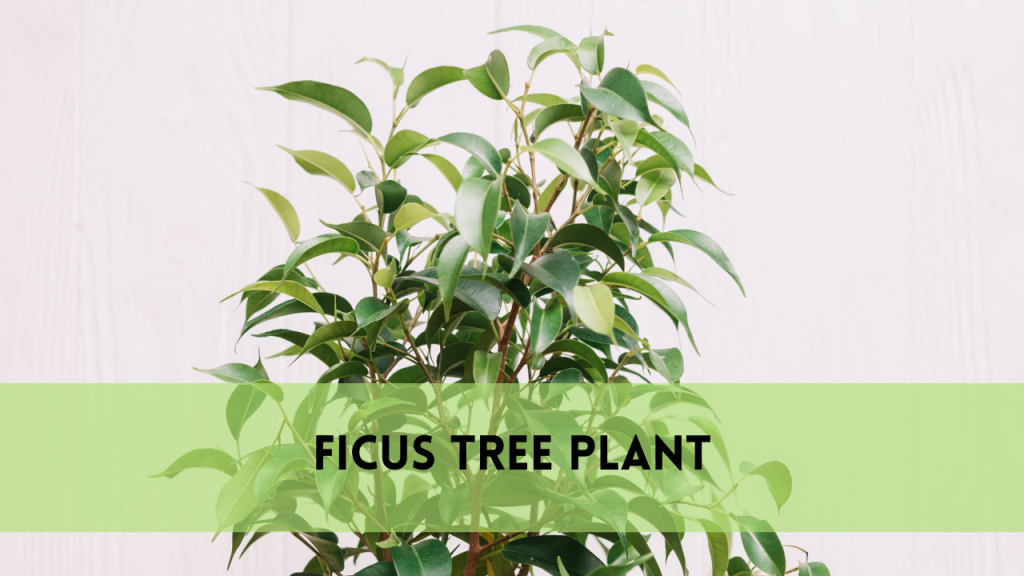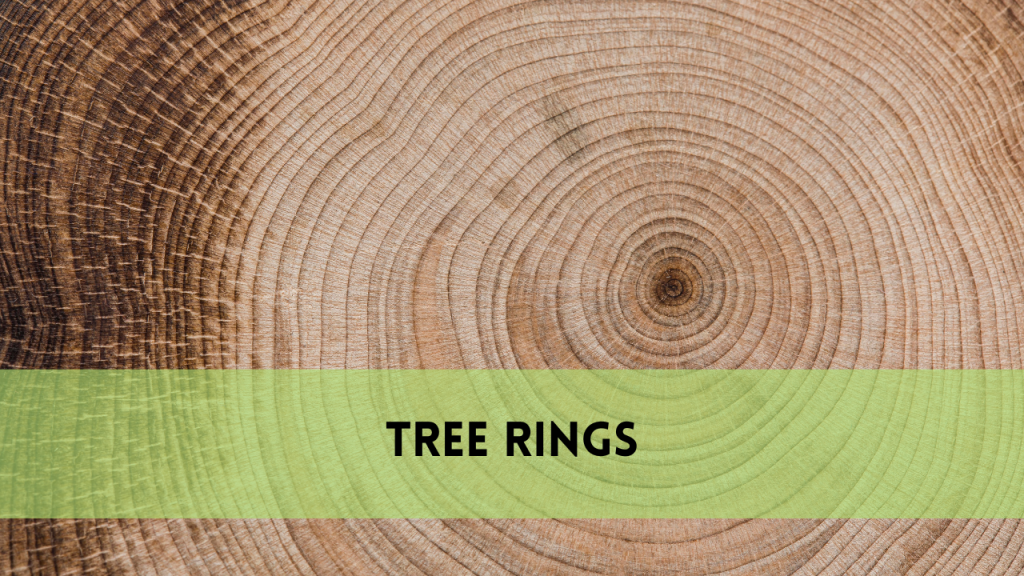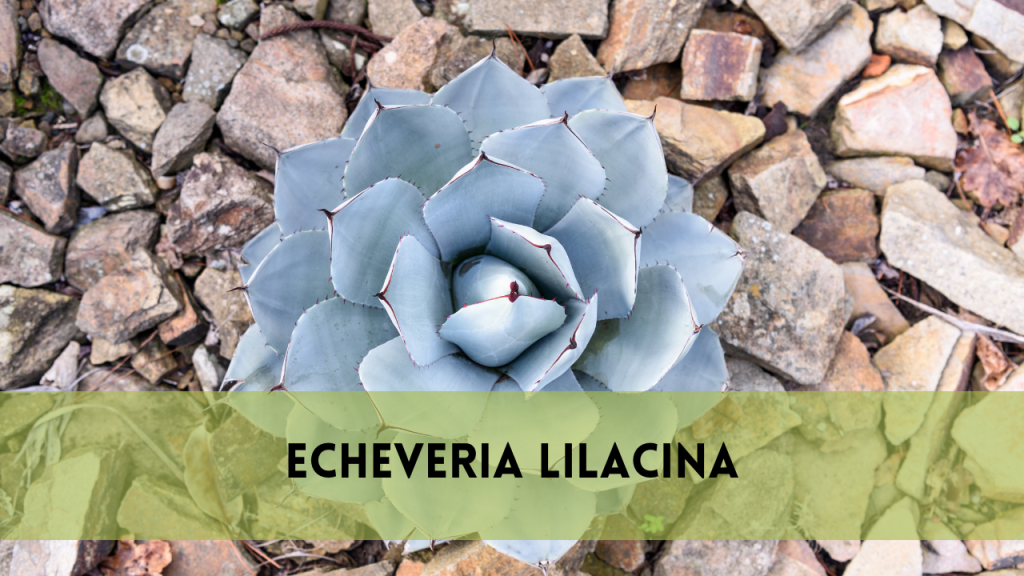Monstera Growth Stages
Welcome to the lush and verdant world of Monstera growth stages, an exploration designed for arborists of various heights. As arborists, we learn about Monstera plants through the various stages of their life cycle. From the delicate germination period to the challenges of climbing tendencies, this guide is intended to provide significant insights in simple terms to arborists at all elevations. At the pinnacle of our arboricultural profession, the capacity to understand and express the complexities of Monstera growth is critical. This introduction sets the foundation for a full journey in which we will explore the specific problems and techniques required at various heights. Join us as a arborists progress through the Monstera growth stages, developing a stronger relationship with these plants and honing our arboricultural skills.
Monstera growth stages
The Monstera Life Cycle
The Monstera life cycle begins with germination, a critical stage that requires arborists’ attention. Understanding the subtleties of seedling care provides a solid foundation for these unique plants, laying the groundwork for effective growth at varied heights.
Germination and Seedling Stage
The germination and seedling stages of Monstera development signal the beginning of a distinct life cycle. Arborists, like caregivers, play an important part in the successful emergence of Monstera plants.
The germination process necessitates cautious monitoring, as elements such as temperature, humidity, and light influence the seed’s development. Arborists at all levels must comprehend these complexities in order to provide ideal circumstances for Monstera seeds to germinate.
As seedlings emerge, their fragile nature necessitates gentle care. Arborists should prioritize creating a stable habitat, maintaining adequate moisture levels, and protecting against environmental stressors. This fundamental stage determines the trajectory of the Monstera’s future growth, influencing its resistance and vigour at several levels. Arborists, working as stewards during the germination and seedling stages, set out on a journey to create the strong foundation required for Monstera plants to thrive throughout their lives.
Vegetative Growth: From Height to Height
Arborists meet the dynamic phase of vegetative growth as Monstera plants progress beyond the seedling stage. This section goes into the obstacles and solutions for promoting Monstera’s growth, knowing that each height requires its own set of concerns. Arborists must modify their care procedures to accommodate the growing size of Monstera plants. Addressing concerns about nutrient requirements, support structures, and potential hurdles becomes critical to promoting healthy development. Arborists have an important role in guiding Monstera’s vertical trip, from lower heights that stimulate lateral growth to elevated locations that require structural integrity. Understanding the intricacies of vegetative growth allows arborists to traverse the hurdles at each height, ensuring that Monstera plants thrive in structure and vigour. As we progress through the verdant heights of arboricultural knowledge, mastering vegetative growth becomes an essential component in supporting Monstera’s grand climb.
Climbing Heights: Monstera’s Unique Habits
Arborists navigate a distinct domain during the plant’s growth stages by embracing Monstera’s unique climbing instincts. This section investigates the obstacles and options for assisting Monstera’s climb, highlighting the necessity of structural integrity at various elevations. Monstera’s climbing behaviours, which are characterized by lofty roots and vigorous vines, necessitate arborists providing enough support while maintaining the plant’s general health. Arborists at various levels meet situations in which understanding Monstera’s inherent characteristics is critical. As we ascend to higher elevations, the burden of maintaining stability and accommodating climbing behaviours increases. Arborists play a critical role in ensuring that Monstera’s vertical journey receives appropriate assistance, maintaining a harmonious balance between the plant’s distinct habits and the heights it reaches. This section will help arborists master the art of nurturing Monstera’s ascent, improving the structural integrity and aesthetic appeal of these compelling plants.
Tailoring Communication for Arborists at Heights
Effectively communicating the complexity of Monstera growth stages is critical, especially for arborists operating at varied heights. This section delves into the art of explaining complex topics in simple language, promoting seamless collaboration and comprehension among coworkers.
Arborists working at elevated heights may confront communication issues; thus, language must be tailored to reflect the varied knowledge levels. From germination intricacies to climbing tendencies, the ability to articulate these information in a clear and accessible manner contributes to the arboricultural team’s overall knowledge.
This handbook guarantees that the complexities of Monstera growth stages are understood worldwide by using a communication approach customized to arborists of various levels. Effective communication becomes the key in encouraging teamwork, allowing arborists of various levels to contribute peacefully to the blossoming world of Monstera.
Related Posts:
Importance of Site-Specific Insights: Elevating Monstera Care at Different Heights
Arborists negotiating the various peaks of their profession must acknowledge the critical importance of site-specific insights in Monstera care. This section emphasizes the importance of adjusting methods to specific settings in order to ensure the plants’ best growth. Monstera’s adaptability is seen at various heights, and recognizing site-specific characteristics is critical. Arborists must understand the unique characteristics of each location, from soil composition to sunlight exposure. This personalized strategy not only encourages better Monstera development, but it also improves the overall sustainability of arboricultural activities. Arborists of various heights, armed with site-specific knowledge, become skilled guardians of Monstera’s health. Arborists improve their skills by recognizing and responding to the unique conditions of each site, so contributing to the robust health and vitality of Monstera plants in varied arboricultural landscapes.
FAQS
What height is ideal for monstera germination?
The optimal germination height varies according to environmental variables. Arborists should consider temperature, humidity, and light conditions to ensure Monstera germination.
How Can Arborists Manage Monstera Plants That Are Too Tall?
Arborists dealing with Monstera plants that grow too tall should use smart trimming strategies. This promotes lateral growth, resulting in a healthier, more sustainable height.
Is Climbing a Sign of Good Monster Growth?
Yes, climbing is a normal component of Monstera growth. Arborists should encourage this behaviour and offer appropriate support to keep the plant stable at various heights.
What Heights Are Most Difficult for Vegetative Monstera Growth?
Vegetative growth problems can arise at a variety of heights. Arborists must address concerns, including nutritional deficits, and support structures to promote healthy growth.
Can Monstera Plants Adapt to Various Arborist Heights?
Monstera plants demonstrate tolerance to varying arborist heights. Understanding this plasticity enables arborists to customize care strategies for their individual work situations.
Conclusion
Arborists emerge as stewards in the vast domain of Monstera growth stages, expertly managing the pinnacles of their trade. This detailed guide has revealed the complexities of Monstera’s growth stages, from germination and vegetative growth to climbing tendencies. As we progress through the verdant heights of arboricultural knowledge, the importance of nurturing Monstera plants at all elevations becomes clear. Arborists, from the ground up, play an important role in moulding the course of Monstera’s distinctive life cycle.
Arborists who learn the skill of adapting communication, recognizing site-specific insights, and mastering vegetative development are more equipped to support Monstera’s climb in a harmonic manner. This journey is about more than just plant growth; it is also about continually increasing our skills.



